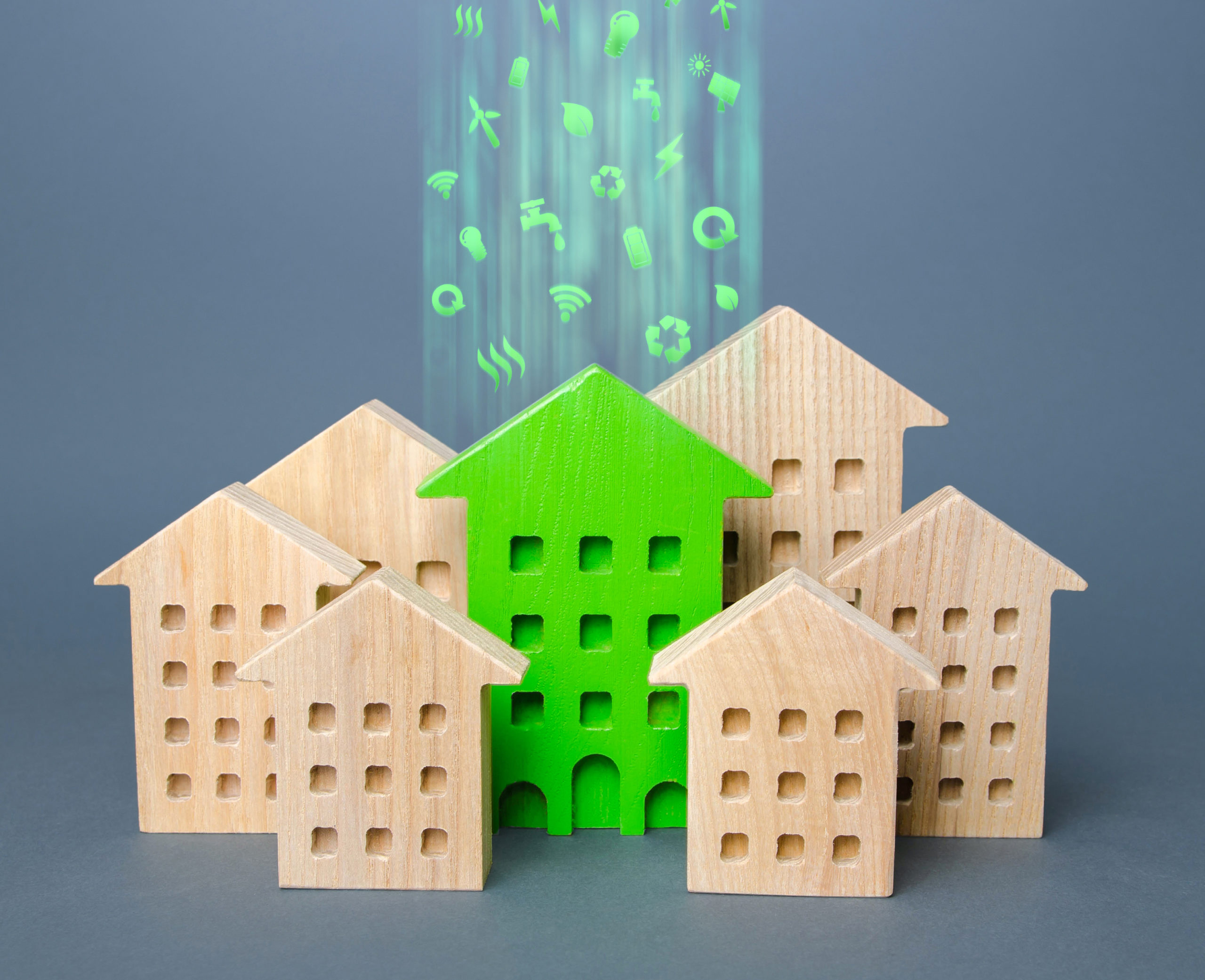
From melting glaciers in the Himalayas to wildfires in California, global warming has become an immediate and pressing crisis. The good news is that solutions currently exist to take immediate action in reducing emissions. According to the International Energy Agency, most of the global reductions in carbon emissions needed for Net Zero by 2050 come from technologies readily available today. Energy efficiency technology, specifically, can take us one-third of the way to net zero.
In addition to helping combat climate change, here are three key benefits of prioritizing energy efficiency in educational facilities and how to overcome the challenges that may arise when investing in new technology.
Reducing Energy Costs
Schools and universities are often large, energy-intensive buildings, so even small energy efficiency improvements can lead to significant savings on energy bills. For example, replacing old building valves with dynamic valves allows a facility to save resources by having more efficient night temperature reductions when the building isn’t in use. Upgrading to more efficient HVAC systems with state-of-the-art variable-speed centrifugal chillers or better insulating a building with insulating concrete forms and a vapor barrier can also make a huge difference in a facility’s energy costs.
Improving the Learning Environment
The comfort of the occupants within a learning environment is another crucial part of improving energy efficiency in educational facilities. When classrooms and other spaces are well-lit, ventilated, and temperature-controlled, students and staff are more likely to be comfortable and productive. Precise comfort control can be easily gained by switching from traditional manual balancing valves to pressure-independent control valves (PICVs). PICVs synchronize the hydronic loop, continuously adjusting their differential pressure orifice position in response to dynamic load conditions. This allows for efficient heat transfer and precise comfort control in all rooms throughout a facility.
Securing Reputational Benefits
Implementing energy efficiency measures can also be good for the reputation of an educational facility. Many people are becoming more aware of the importance of sustainability and are looking for ways to reduce their carbon footprint. Schools and universities that are known for their sustainability efforts can be more attractive to students, faculty, and donors and can help to build a positive image in the community.
Overcoming the Challenges of Implementing New Technology
Of course, implementing energy efficiency measures is not always easy. It can be difficult to figure out where to start, especially with a limited budget and resources. Educational facilities professionals may need help figuring out how to pay for the upfront costs of upgrading to more efficient systems and equipment.
Despite these challenges, there are ways to overcome them and make energy efficiency a top focus for your facility. One strategy is to identify and prioritize high-impact projects. Look for opportunities to make the biggest impact with the least effort. For example, upgrading to LED lighting can be a relatively easy and cost-effective way to reduce energy consumption.
Another strategy is to utilize available resources, such as energy audits and government incentives. An energy audit can help you identify specific areas where you can improve energy efficiency. For example, is energy being wasted via leakage due to improper valve seating in an air-handling unit (AHU)? Could a variable frequency drive (VFD) help to cool the facility more efficiently?
Once a facility’s needs have been identified, there are often programs in place to help offset the cost of these upgrades. Bringing in outside experts to assess your facility can help identify areas for improvement and avenues for financial support to make those improvements. One important area of support to take full advantage of in 2023 is the $500 million grant program that the Biden administration launched to upgrade public schools to have more modern, energy-efficient facilities.
Engaging and educating stakeholders is also vital in making energy efficiency efforts successful. Getting buy-in from faculty, staff, students, and other stakeholders can create a culture of sustainability that supports the facility’s efforts. Consider training staff on using energy-efficient systems and equipment and promoting energy-saving behaviors throughout the facility.
Ultimately, optimizing an educational facility’s energy efficiency potential reduces energy usage and costs, improves the learning environment, and positively impacts the climate. While there may be challenges to implementing energy efficiency measures, there are also strategies readily at hand that facilities professionals can use to overcome those challenges and make energy efficiency a top priority in the year ahead.
Rick Sporrer is president of Danfoss North America in Ames, IA, and can be reached at [email protected]. This is his first article for Facilities Manager.
Power Tools
Seeks to engage multiple voices from among FM ranks to bring fresh insight and real knowledge from the trenches on what’s working in planning and implementation for energy-related projects and innovations. To contribute, contact [email protected].
See all Power Tools.


